Salvador Brazil Guide
All you want to know about Salvador da Bahia: Salvador Brazil Guide with Brazil's insider tips for Salvador. Brazilian Bahia Travel guide. The Salvador Travel Guide - Brazil .
Salvador is on a peninsula on the northeast coast of Brazil which shields the large Baía de Todos os Santos ("All Saints Bay") from the Atlantic Ocean. The city is the third largest in Brazil, sprawling for dozens of kilometers inland from the coast. Most visitors head for the coastal neighborhoods that cluster around where the bay meets the ocean. Salvador, Brazil has a tropical climate including rainforests and lush vegetation.
A 100m cliff runs along the entire bayshore, dividing the city into Cidade Alta, up on the cliff, and the Cidade Baixa down by the bay. The former features Pelourinho, the old city center that packs historical sites, colonial architecture, museums, restaurants, bars, hostels, artisanal shops, and music / dance / capoeira academies into a convenient, albeit tourist-swarmed, set of winding cobblestone streets. The latter features a commercial center with lots of bus traffic coming in from all over Salvador.
Outside of this area, there are many beach districts that stretch from the tip of the peninsula northeast along the Atlantic coast. The Barra neighborhood at the tip of the peninsula is the main alternative jumping-off point to Pelourinho, and a little further to the northeast are the hip neighborhoods of Rio Vermelho and Amaralina, which feature a nightlife less geared to the foreign tourism industry. A decent bus ride beyond these is the neighborhood of Itapuã, which has an energetic beach side nightlife and relatively few foreign visitors. Northward from there are kilometers and kilometers of gorgeous beaches, all accessible by bus. Thats right here were we are with OUR HOTEL Pousada Rancho Fundo.
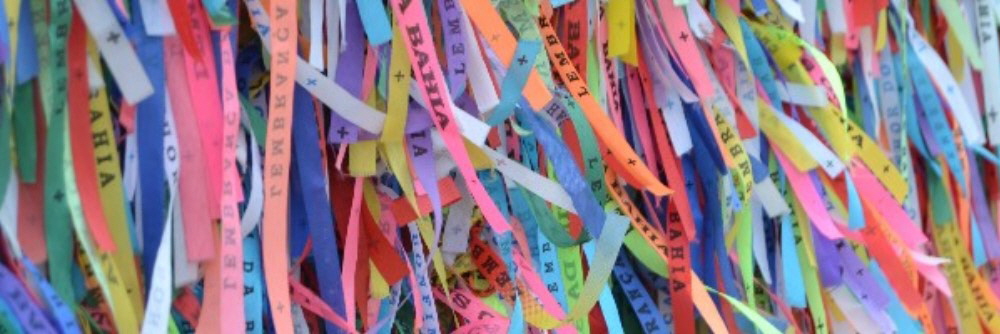
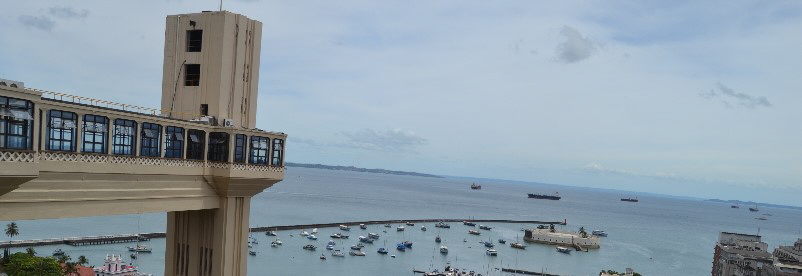
Guide: The bayshore coast north beyond Salvador Pelourinho features a more tranquil atmosphere and a locally patronized, though less scenic, beach life. The interior of Salvador is where the "new city" has developed, full of residential neighborhoods, shopping megaplexes, and knotted highways, all of which can be quite alienating without actually having a friend to show you around.
Local residents enjoy sharing their exotic dancing and music skills with tourists. Residents are also considered some of the friendliest people on the planet.Tourist are welcomed with open and friendly arms by the majority of local residents.
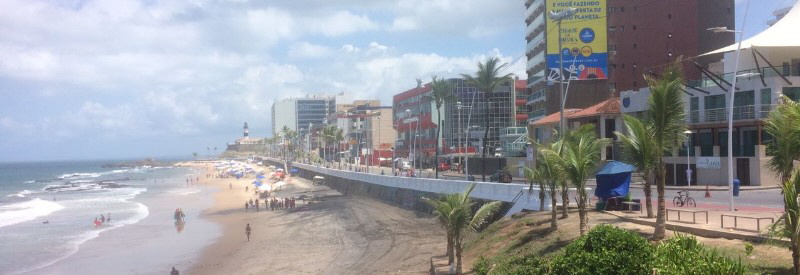
Guide: At the center of the Cidade Alta there are the 2 large squares Praça da Sé and the Terreiro de Jesus which are connected at the corner by the cathedral. Largo do Pelourinho — A fairly small triangular plaza, is among the oldest parts of town. Mercado Modelo — The city's main market located in the lower town is and a good place for crafts and other souvenirs. Solar do Unhão — MAM The best place in Salvador to watch the sunset. Forte de Santo Antônio da Barra (Farol da Barra for the lighthouse), is Bahia’s oldest fort was built in 1698. Elevador Lacerda, The beautifully restored, art deco Elevador Lacerda connects the Cidade Alta with Comércio via 4 elevators traveling 72 m in about 30 sec. The Jesuits installed the 1st manual rope-and-pulley elevator around 1610 to transport goods and passengers from the port to the settlement. In 1868 an iron structure with clanking steam elevators was inaugurated, replaced by an electric system in 1928. Facing the elevator are the impressive arches of the Câmara Municipal, the XVII century city hall, which occasionally puts on cultural exhibitions.
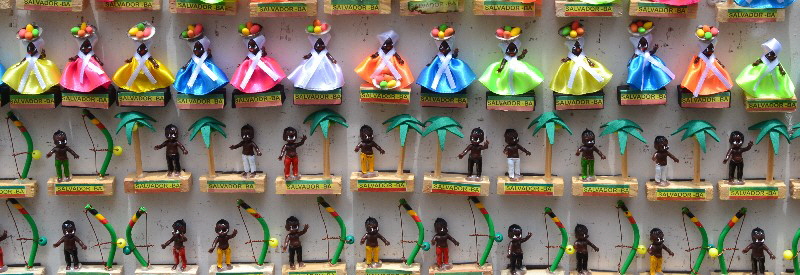
Guide: Convento de Igreja de São Francisco The current church was built between 1708-1723, but the interior was decorated by several artists during a great part of the XVIII century. Bahia Brazil
Igreja do Nosso Senhor do Bonfim — A small church located in a neighborhood to the north, is one of the most popular pilgrimage sites in all of Brazil.
Igreja da Ordem Terceira de Sao Francisco - It is a Catholic church nominated for the election of the 7 Wonders of Brazil. The facade was covered with mortar in the late XVIII century and only in the early twentieth century, during services in the electric grid , was rediscovered its underlying decor. It wasn’t seen until a workman installing wiring in the 1930s serendipitously discovered the beautiful, baroque sandstone facade (the only one of its kind in Brazil).
Museums: Museu da Cidade Bahia Salvador , Museu da Misericórdia, (Brazil’s first hospital). Museu Afro-Brasileiro Brazil, A museum that documents the slave trade and subsequent development of the city. Museu de Arte da Bahia showcases works from Bahian artists, Museu de Arqueologia, Faculdade de Medicina, Terreiro de Jesus, Museu Náutico da Bahia (Nautical Museum of Bahia), Museu de Arte Moderna (Museum of Modern Art), Museu Carlos Costa Pinto.
Salvador Bahia Brazil Guide
Salvador Brazil Guide, Travel Informations about Salvador Bahia Brazil
Whatsapp + 55 71 9 8791 2606
Salvador city tour, a special day with your local guide, city tour Salvador Brazil
---
whatsapp +55 71 9 8791 2606
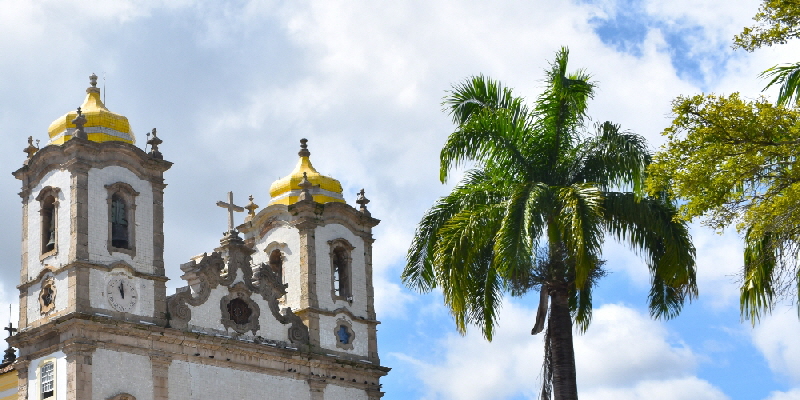 City Tour in Salvador / Salvador City Tour sightseeing
City Tour in Salvador / Salvador City Tour sightseeing 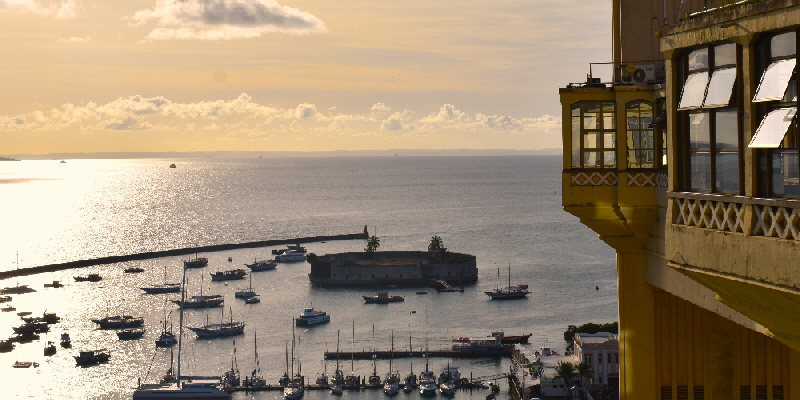 City Tour in Salvador / Salvador City Tour sightseeing
City Tour in Salvador / Salvador City Tour sightseeing 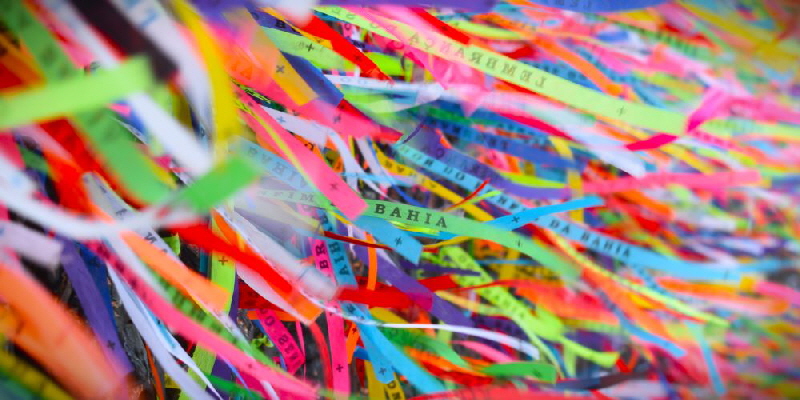 City Tour in Salvador / Salvador City Tour sightseeing
City Tour in Salvador / Salvador City Tour sightseeing 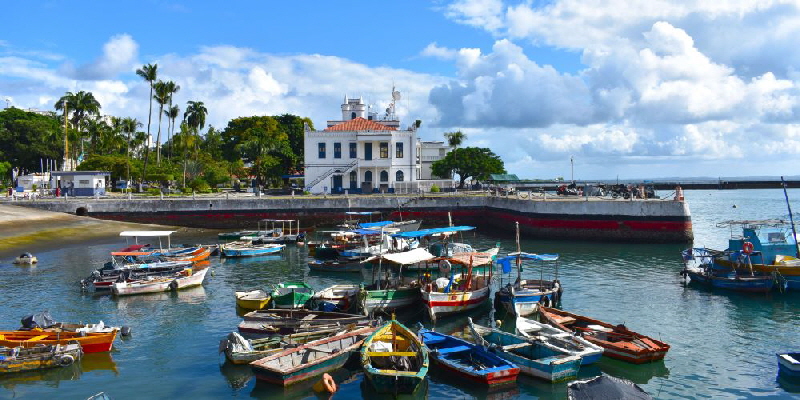 City Tour in Salvador / Salvador City Tour sightseeing
City Tour in Salvador / Salvador City Tour sightseeing 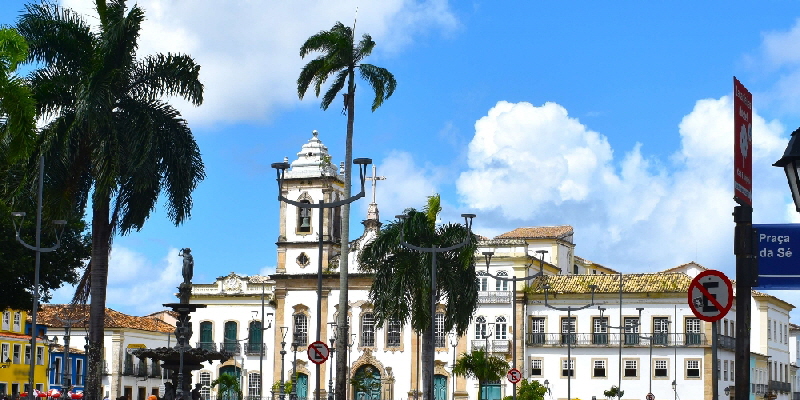 City Tour in Salvador / Salvador City Tour sightseeing
City Tour in Salvador / Salvador City Tour sightseeing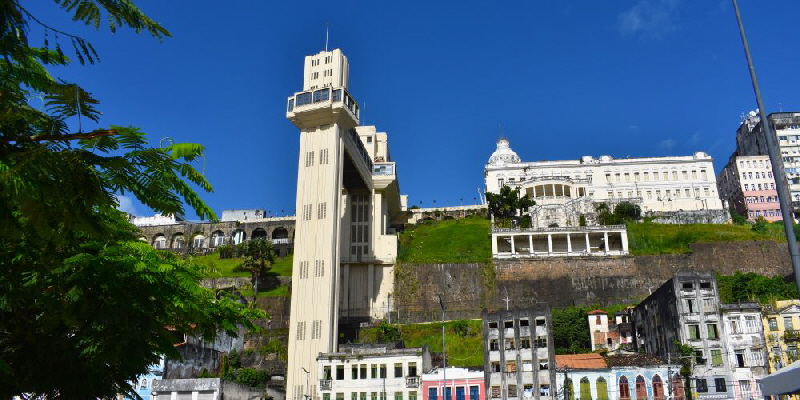 City Tour in Salvador / Salvador City Tour sightseeing
City Tour in Salvador / Salvador City Tour sightseeing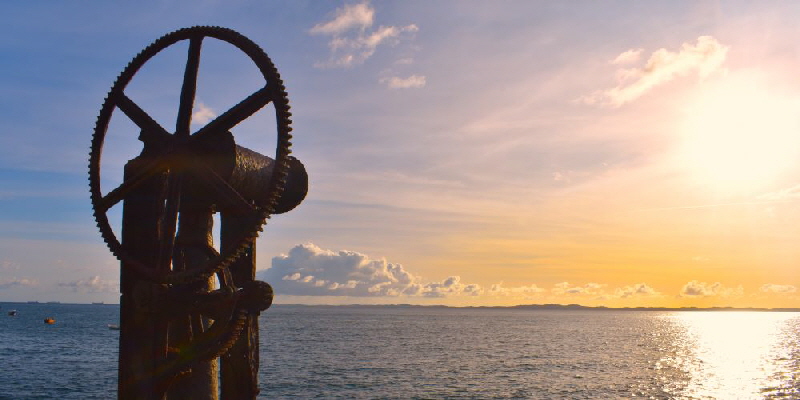 City Tour in Salvador / Salvador City Tour sightseeing
City Tour in Salvador / Salvador City Tour sightseeing City Tour in Salvador / Salvador City Tour sightseeing
City Tour in Salvador / Salvador City Tour sightseeing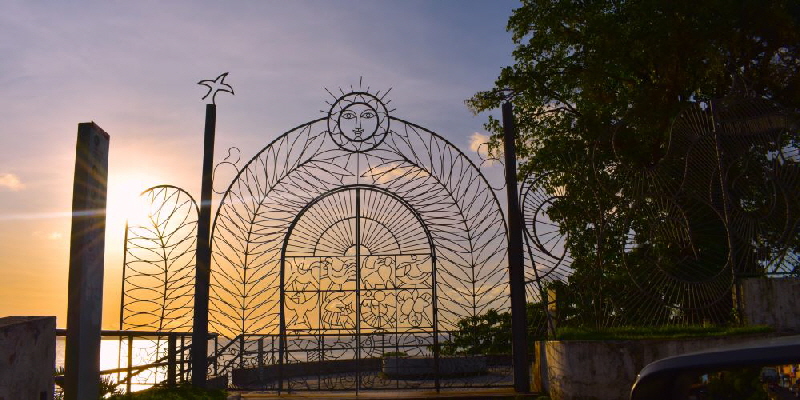 City Tour in Salvador / Salvador City Tour sightseeing
City Tour in Salvador / Salvador City Tour sightseeing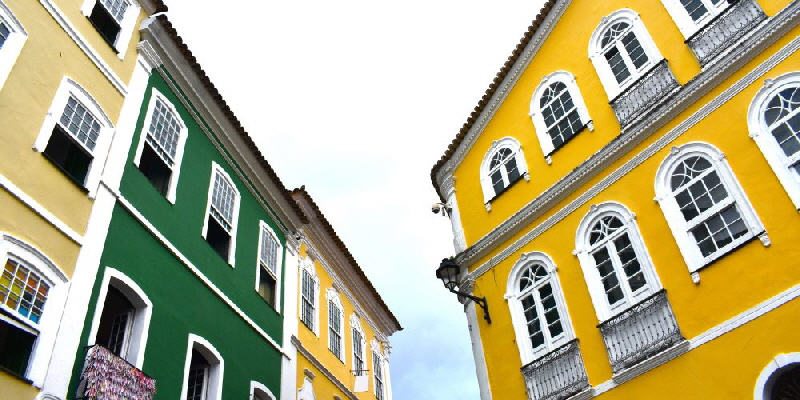 City Tour in Salvador / Salvador City Tour sightseeing
City Tour in Salvador / Salvador City Tour sightseeing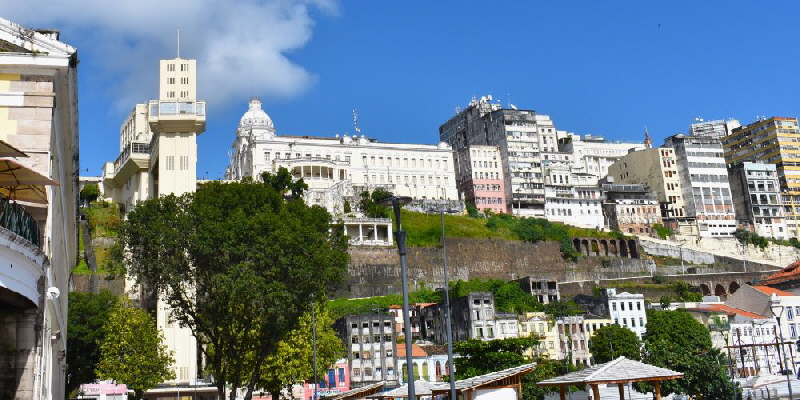 City Tour in Salvador / Salvador City Tour sightseeing
City Tour in Salvador / Salvador City Tour sightseeing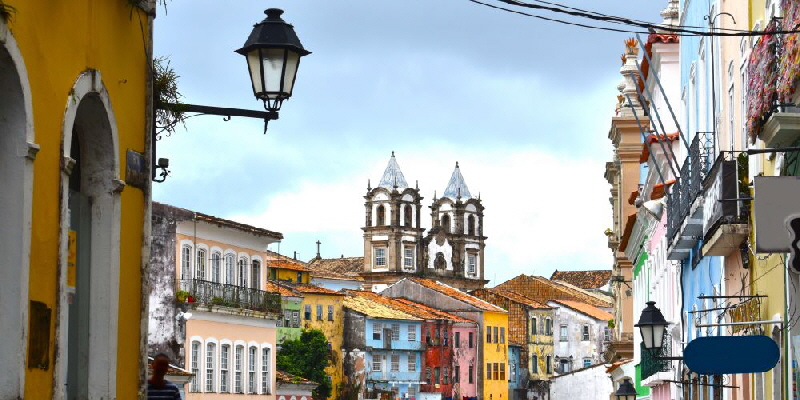 City Tour in Salvador / Salvador City Tour sightseeing
City Tour in Salvador / Salvador City Tour sightseeing City Tour in Salvador / Salvador City Tour sightseeing
City Tour in Salvador / Salvador City Tour sightseeing